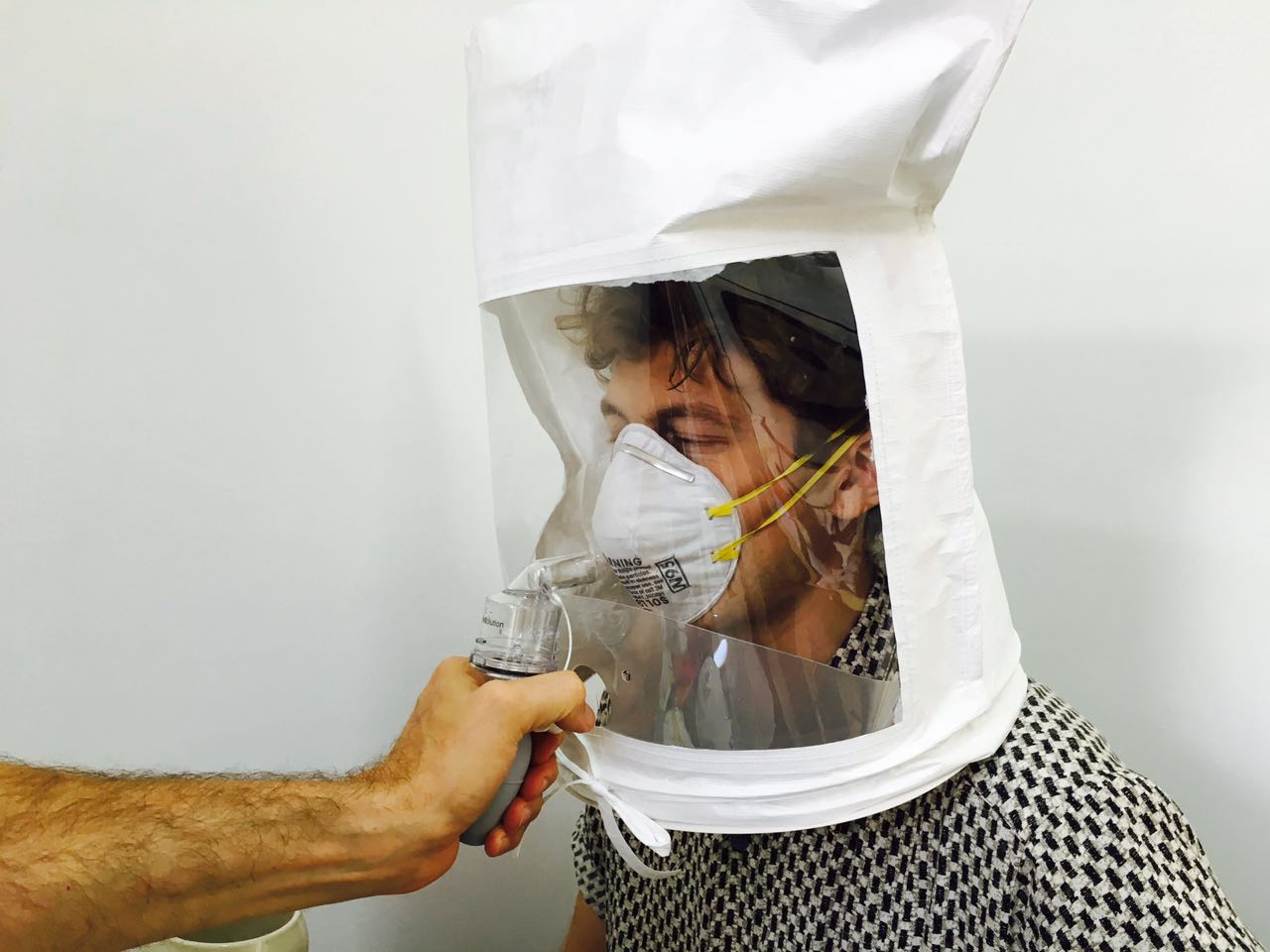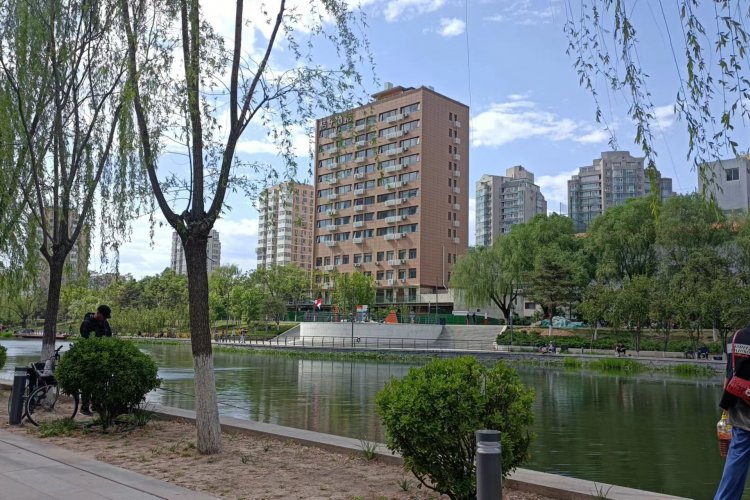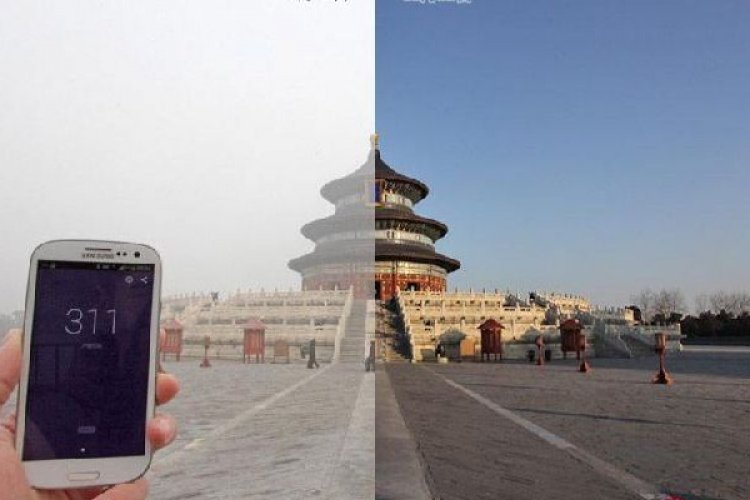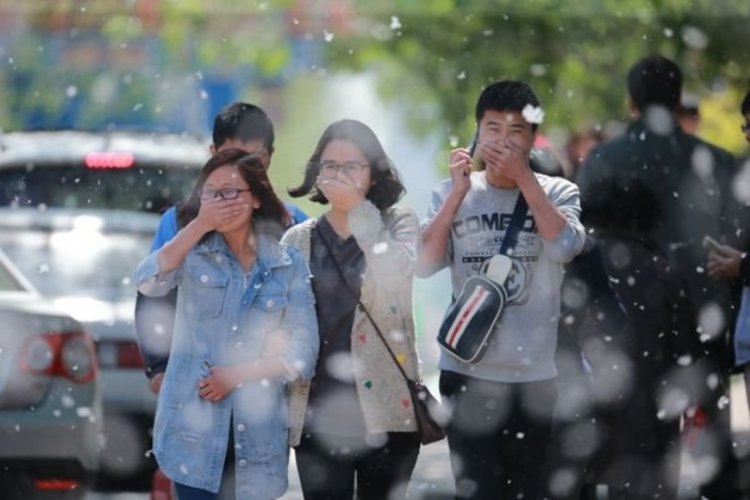Beicology: Your Mask Don't Mean Sh*t If It Ain't Got That Fit
As the dark ashen plumes once again descend on Beijing, plenty of us can't seem to strap on a PM2.5-blocking mask fast enough. But do these masks do anything at all?
Now's an opportune time to discuss this because news reports say another bout of smog is on its way, and Beijing isn't living up to its obligations set by the Ministry of Environmental Protection (MEP) to clear the air.
Current popular mask choices range in price from a few kuai all the way to several hundred – how does one decide what's best?
Almost all masks will block at least some particulate matter (even a simple cotton bandanna), but as we've discovered below, it's not how much the mask costs that counts – it's really how well (and by well, we mean tightly) a mask fits around your face.
To test this theory, we gathered a bunch of our favorite masks and put them to the test using an industrial-grade testing kit from heavy-hitters 3M.

A few weeks ago several members of the Beijinger's editorial staff offered themselves up as guinea pigs to test the quality of protection from more than half a dozen brands, each with an N95 rating.
For the uninitiated, N95 means they are certified to filter out 95 percent of airborne particles, good enough to reduce particulate matter inhalation to neglible levels.
To establish that the mask material worked to filter the air, we wrapped them around a Laser Egg air monitor, and indeed they filtered the air, as you can see from the image below:
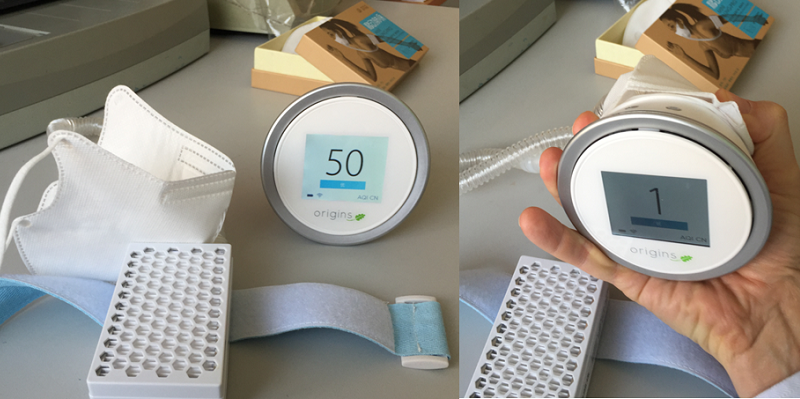
We then each slapped on a mask and donned the special testing hood that covered our heads and shoulders. A bitter-tasting aerosol is sprayed into the hood, and if you can taste it, it means your mask has failed.
The testing kit (from 3M, we couldn't find it on Taobao so one of us brought it in from the US) is designed for people working in jobs that expose them to hazardous inhalants, and is used commonly across the US to make sure those working in unhealthy environments are wearing their masks correctly.
The verdict: not one of the masks, regardless of quality or price point, blocked the bitter taste of the testing solutions. That means the masks simply were not snug enough to prevent air from seeping in around the edges, especially for those of us with big old laowai schnozzes. Reach your own conclusions on how they'd do against microscopic PM2.5 particles.
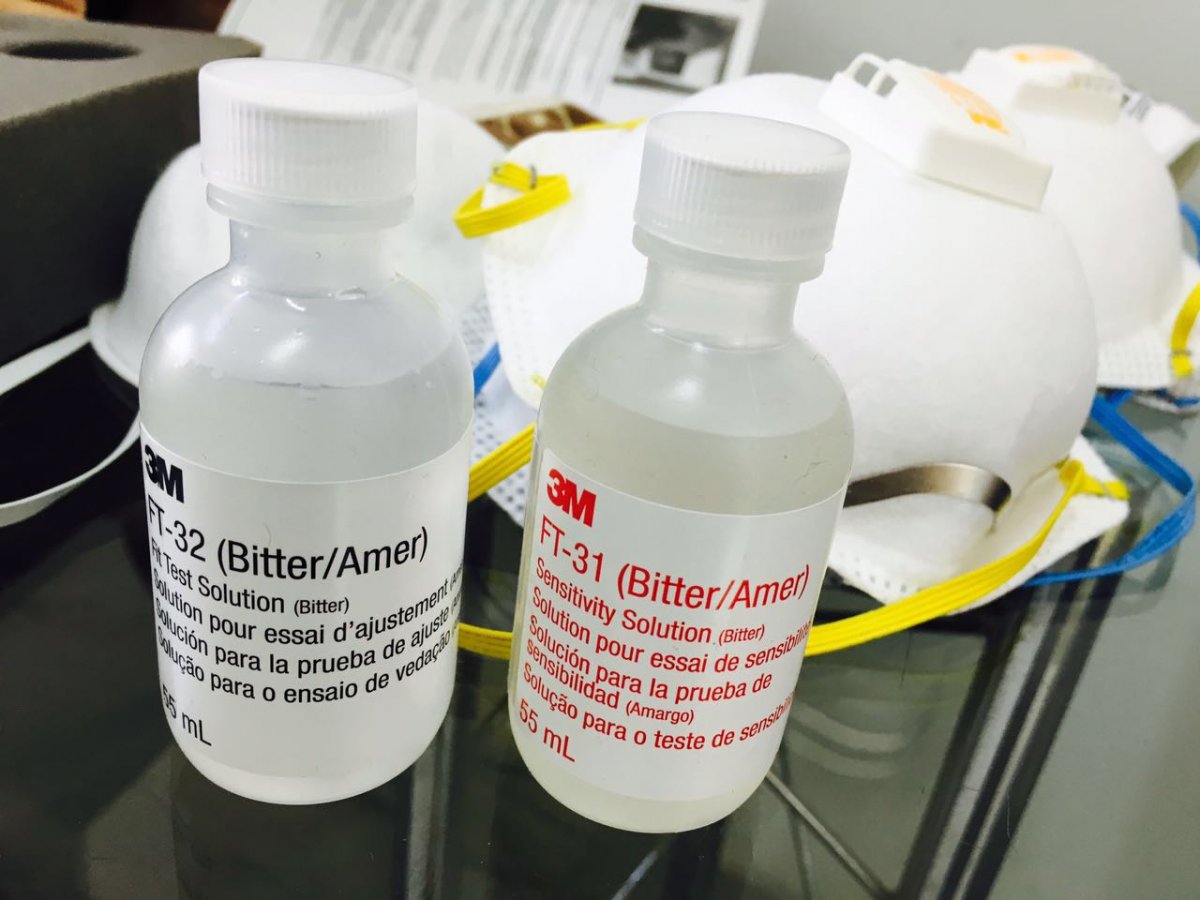
Our conclusion? When selecting a mask, don't be so obsessed about price or filter material, worry about fit first.
Rather than seeking out costlier, more intricately designed masks, you're better off hunting for one that merely has a better set of straps.
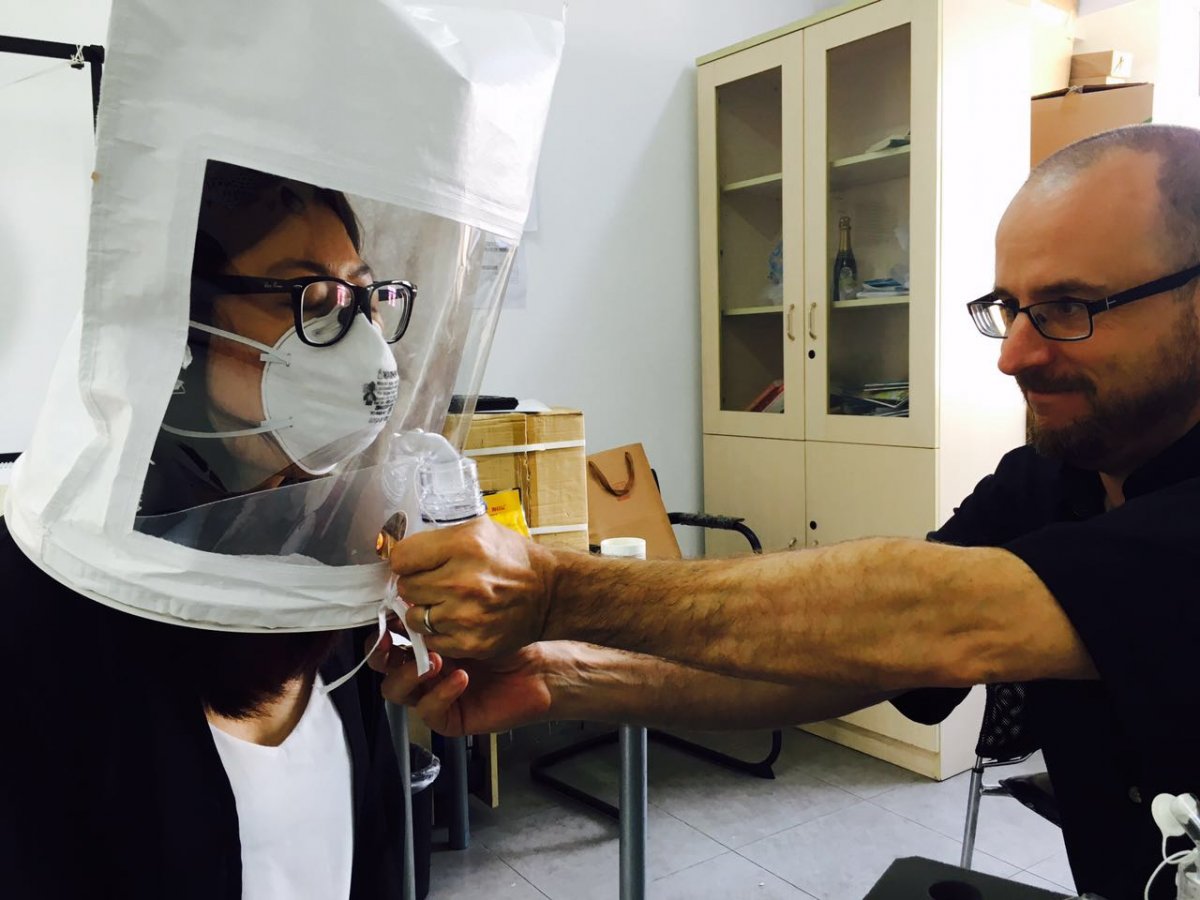
So should you give up on trying to protect yourself? No. But as you shop, consider they way they fit on your face to be your #1 concern. Here's some tips on finding the right fit:
1. Select a mask with two straps that are sturdily attached to the filter medium. Make sure the straps are easily adjustable to allow for the mask to be held close to your face.
2. Seek a mask with a flexible V-shaped or M-shaped bar attached to the upper edge of the the mask where it would go across your nose. Some even have an extra layer of foam to ensure that the bar is snug against your skin. This gap above the nose is one of the main points of failure in mask fit.
3. If you have a high nose bridge or prominent jaw you might consider a more cup-shaped mask for better fit around your face.
4. Hipsters: sorry, no beards. Facial hair around the seal will result in poor fit.
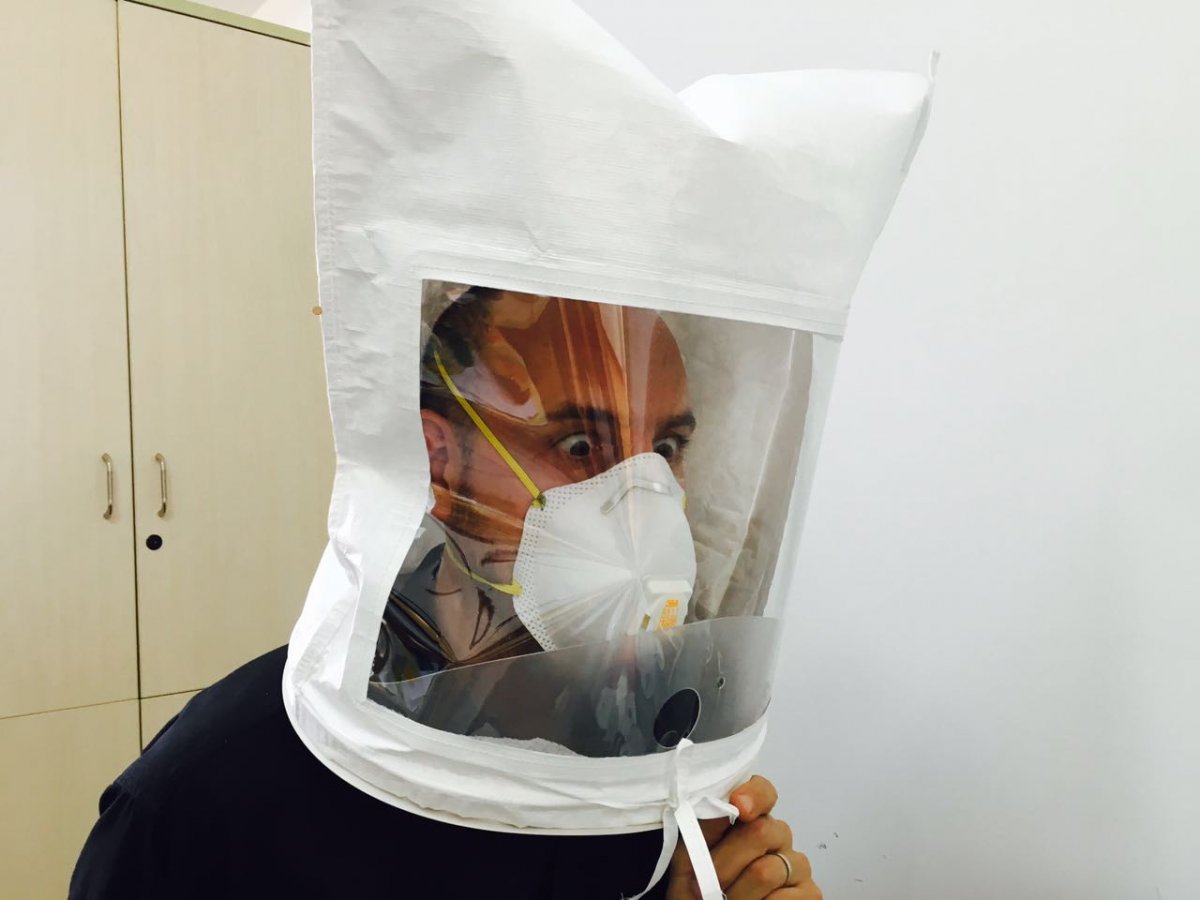
Short of buying one of these 3M test kits, how do you know if your mask is fitting correctly? One simple test is to don a pair of glasses while wearing a mask and see if the frames fog up. If they do, then air is leaking out.
3M suggests this simple test to check for mask fit: "For an unvalved product: exhale sharply. For a valved product: inhale sharply. If air flows around the nose, readjust nose piece area; if air flows around respirator edges, readjust the headbands."
What's your favorite mask? Let us know in the comments below.
More stories by this author here.
Email: kylemullin@truerun.com
Twitter: @MulKyle
WeChat: 13263495040
Photos: the Beijingers
Related stories :
Comments
New comments are displayed first.Comments
![]() admin
Submitted by Guest on Wed, 10/19/2016 - 19:18 Permalink
admin
Submitted by Guest on Wed, 10/19/2016 - 19:18 Permalink
Re: Beicology: Your Mask Don't Mean Sh*t If It Ain't Got That...
^ you are incorrect there, sir:
"The 3M Qualitative Test uses ‘taste’ to detect face seal leakage. A controlled concentration of aerosol is introduced into a hood fitted over the wearer. This test is suitable for all disposable respirators and half masks fitted with particulate or combination gas/vapour and particulate filters."
![]() bsl
Submitted by Guest on Wed, 10/19/2016 - 14:48 Permalink
bsl
Submitted by Guest on Wed, 10/19/2016 - 14:48 Permalink
Re: Beicology: Your Mask Don't Mean Sh*t If It Ain't Got That...
The verdict: not one of the masks, regardless of quality or price point, blocked the bitter taste of the testing solutions.
That means the masks simply were not snug enough to prevent air from seeping in around the edges, especially for those of us with big old laowai schnozzes. Reach your own conclusions on how they'd do against microscopic PM2.5 particles.
Those masks are designed to filter airborne particulate matter (SOLID such as PM2.5, PM10, dust etc.) not chemichals (GAZ or LIQUID such as formaldehyde or the 3M test solutions used).
So this 3M test kit is not adapted to such masks. This is like saying that a wool sweater is not warm keeping because when you put it under the rain, it is permeable to water. Not that relevant indeed. As the laser egg shows those masks are made to filter particulate matters only.
Our conclusion? When selecting a mask, don't be so obsessed about price or filter material, worry about fit first
Like the wool sweater, no doubt about that !
![]() Candy1988
Submitted by Guest on Wed, 10/19/2016 - 10:48 Permalink
Candy1988
Submitted by Guest on Wed, 10/19/2016 - 10:48 Permalink
Re: Beicology: Your Mask Don't Mean Sh*t If It Ain't Got That...
ISDG + 伊藤の良品+ blua (I use them together at the same time)
And I also take the Swisse LUNG HEALTH SUPPORT pills three times a day.
Validate your mobile phone number to post comments.

